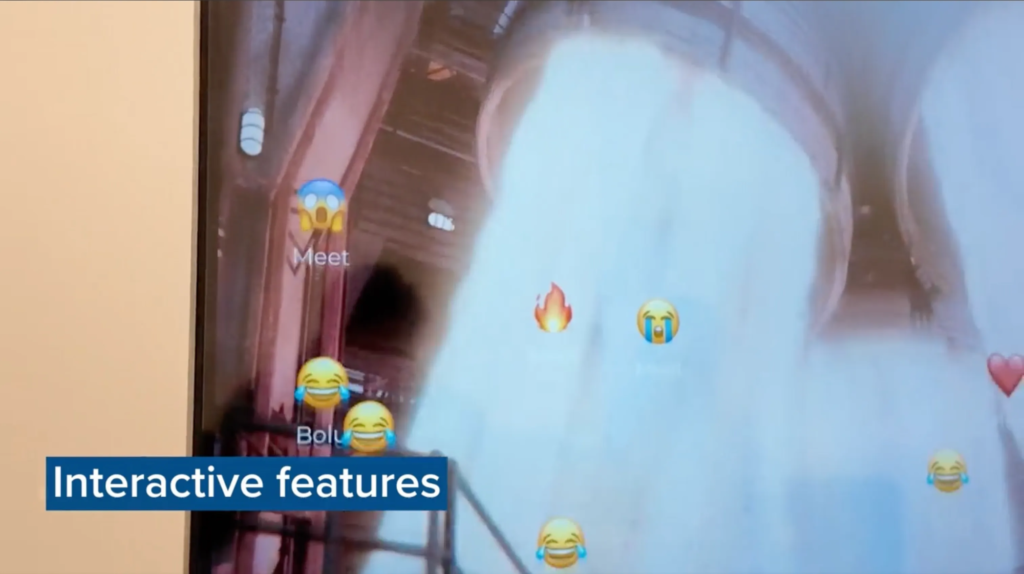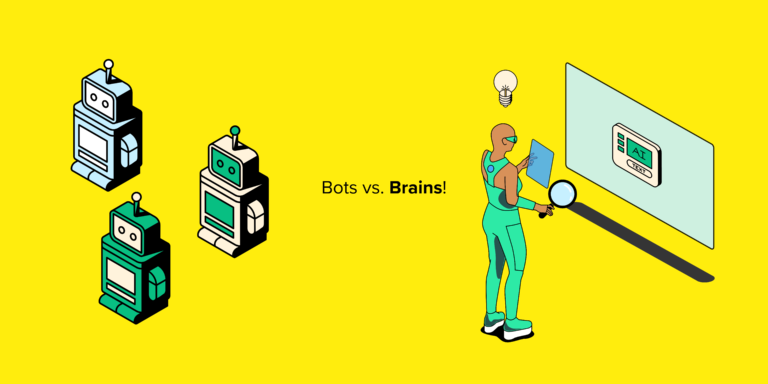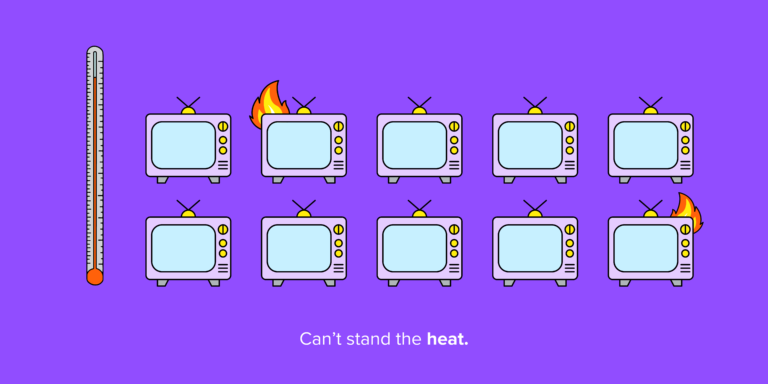At FX Digital, continuous learning has been part of our DNA since the early days. With a team that initially included many developers, we introduced Personal Development Time (PDT) to dedicate our Friday afternoons at the company to upskilling, experimentation, and innovation. PDT has since evolved into a valuable space for both individual growth and collaborative passion projects, some of which have gone on to influence client work and internal tooling we use at FX. To take this spirit further, we launched a series of PDT hackathons designed to foster rapid prototyping, and ideas with real-world potential.
Whilst PDT time happens every Friday at FX Digital, we occasionally use it to run focused initiatives, like our internal hackathon. Over three months, teams formed around shared ideas and built prototypes in a friendly competition. Led by Engineering Manager Punitha Arumalla, the initiative focused on optimising real-time connection technologies such as WebRTC and WebSockets. The goal was to deliver seamless, low-latency, and reliable multi-device experiences that enhance user engagement, enable real-time collaboration, and scale across diverse CTV environments, ultimately driving innovation and strengthening our competitive edge in the Connected TV space.
Hackathon Projects
The PDT hackathon brought ideas to life through working prototypes. Each team tackled a different challenge in Connected TV, from personalisation to performance. The projects below highlight both technical depth and creative problem-solving.
Rethinking the Living Room Experience
🎮 Project: A DeviceDiscovery UI Implementation (Harith & Giorgio)
What was the idea?
This project set out to solve a challenge familiar to anyone in a modern household: how can we make the living room experience with Apple TV and nearby Apple devices feel completely seamless? Harith and Giorgio wanted to explore whether users could interact with the Apple TV without cumbersome pairing or manual setup, simply by being on the same network.
What did the team build?
Using Apple’s native DeviceDiscoveryUI framework — along with Swift, SwiftUI, and UIKit — the team created a boilerplate app that could be deployed across all Apple devices. The proof of concept? A clever game of Tic Tac Toe built with SpriteKit and GameplayKit.
The magic was in the interaction: household members could launch the app on their devices and challenge a virtual player on the Apple TV, with no setup required (no pairing and no prompts). From a developer standpoint, this meant minimal effort to enable multi-device communication, as the framework handled discovery and connection out-of-the-box.
Why it matters:
This project demonstrated how native Apple frameworks could provide frictionless, low-code pathways for enhancing cross-device experiences — a major consideration as consumer expectations for smart, responsive CTV apps continue to rise.
Outcome:
Whilst still an experiment, the project laid the groundwork for future client-facing features that require multi-device interactions, like second-screen experiences, remote input alternatives, or household-based personalisation.
Hackathon Projects
The PDT hackathon brought ideas to life through working prototypes. Each team tackled a different challenge in Connected TV, from personalisation to performance. The projects below highlight both technical depth and creative problem-solving.
“As an agency working on behalf of some of the worlds leading media and sports brands, it’s our responsibility to be researching the art of the possible and pushing the limits of what’s currently done on Connected TV. Hackathons are one of the formats we use to do this, and our most recent hackathon provided the perfect theatre to see what could be done to enhance the CTV experience when we allow the audience to introduce a second device.”
-Matthew Duhig, Co-Founder, FX Digital
Making TV viewing truly personal
🎧 Project: Silent Watch Party (Kate, Meet, Bolu & David)
What was the idea?
Have you ever tried to watch your favourite show with friends or family, only to find everyone has different language preferences—or someone needs to take a call, forcing everyone else to watch in silence? The “Silent Watch Party” project set out to solve the problem of shared TV experiences clashing with individual audio needs. Whether you want to watch in your native language, or enjoy the original version, traditional TV setups (and even Bluetooth headsets) fall short.
What did the team build?
The team created a proof-of-concept Connected TV App powered by WebRTC for personalised, simultaneous audio streaming. Here’s how it works:
- Seamless connection: Users simply scan a QR code on the TV with their mobile devices.
- Personalised audio: Each viewer selects their preferred audio track or language from their phone.
- Silent TV, unlimited listeners: When anyone connects, the TV mutes its speakers—everyone listens privately on their own devices. There’s no cap on the number of users (unlike Bluetooth).
- More than audio: Users can send emoji reactions from their phones and see them appear as animations on the TV, adding a fun, interactive layer to shared viewing.
Why it matters:
This project addresses real pain points: the limits of Bluetooth, the need for accessible and inclusive experiences (multiple languages, private listening), and the growing trend of multicultural, shared streaming. By leveraging WebRTC—a modern, scalable technology for real-time communication—the team delivered a solution that works for groups of any size, without relying on TV hardware upgrades.
The Silent Watch Party prototype has opened the door for next-generation features in Connected TV: multilingual, personalised audio experiences for any gathering. It advances accessibility, inclusivity, and group engagement, making FX Digital’s tech stack even more adaptable for clients with global, diverse audiences.
“PDT helps our team deepen their expertise and develop niche skills that aren’t always easy to hire for. But more than that, it encourages people to try out new ideas and share what they learn – building a stronger, more adaptable team that delivers better work for our clients.”
-Clayton Jones, Chief of Staff, FX Digital
Rethinking animation delivery for CTV
📺 Project: WebRTC client-broadcaster system (Ola & Jon)
What was the idea?
Animations can bring Connected TV apps to life—when they work well. But smart TVs are notoriously underpowered compared to modern mobile or desktop devices. Their limited processing power and memory can make complex animations feel sluggish, inconsistent, or simply unusable across the fragmented landscape of CTV hardware. Ola and Jon wanted to solve this problem by thinking beyond the traditional model of rendering everything on the client.
What did the team build?
The team developed a lightweight client-broadcaster architecture powered by WebRTC and WebSocket, using modern frontend frameworks like React and LightningJS (LNG3). Here’s how it works:
- Server: Manages real-time communication between broadcaster and clients via WebSocket.
- Broadcaster: Handles rendering and animation logic, broadcasting visuals to all connected clients.
- Client: Streams the rendered animations in real time, only sending minimal control signals back to the broadcaster.
They also integrated Lottie animations into the system, making it flexible for rich, dynamic visuals whilst keeping processing load minimal on the client side.
Why it matters:
This approach completely shifts how animations can be delivered on CTV. By offloading the heavy lifting to the broadcaster, the client device is freed up from resource-heavy tasks, ensuring smoother playback and a more consistent user experience, even on low-spec TVs. The use of Lottie with WebRTC is particularly inventive, as it extends real-time streaming into the realm of app UI and animation, not just video. The result is a scalable, flexible architecture where one broadcaster can serve many clients with real-time animations, without compromising on performance.
What We Learned
The PDT hackathon series gave our teams the chance to explore new technologies, solve meaningful problems, and push the boundaries of what’s possible in Connected TV. Each project, whilst experimental, tackled real-world challenges we see across our industry, from device limitations and accessibility to user personalisation and cross-device interaction. Beyond the prototypes, these sessions strengthened team collaboration and uncovered ideas that could influence both internal workflows and future client solutions.
We’ll continue using PDT to invest in innovation and talent development. And whether it’s through structured hackathons or informal experimentation, we’re always looking for the next opportunity to build something clever, useful, and future-facing.
Let’s Build What’s Next
Whether you’re a developer looking to work on meaningful, future-facing projects or a brand exploring what’s possible in Connected TV—we’d love to hear from you. FX Digital is always on the lookout for curious minds and ambitious partners ready to shape the future of the big screen.




